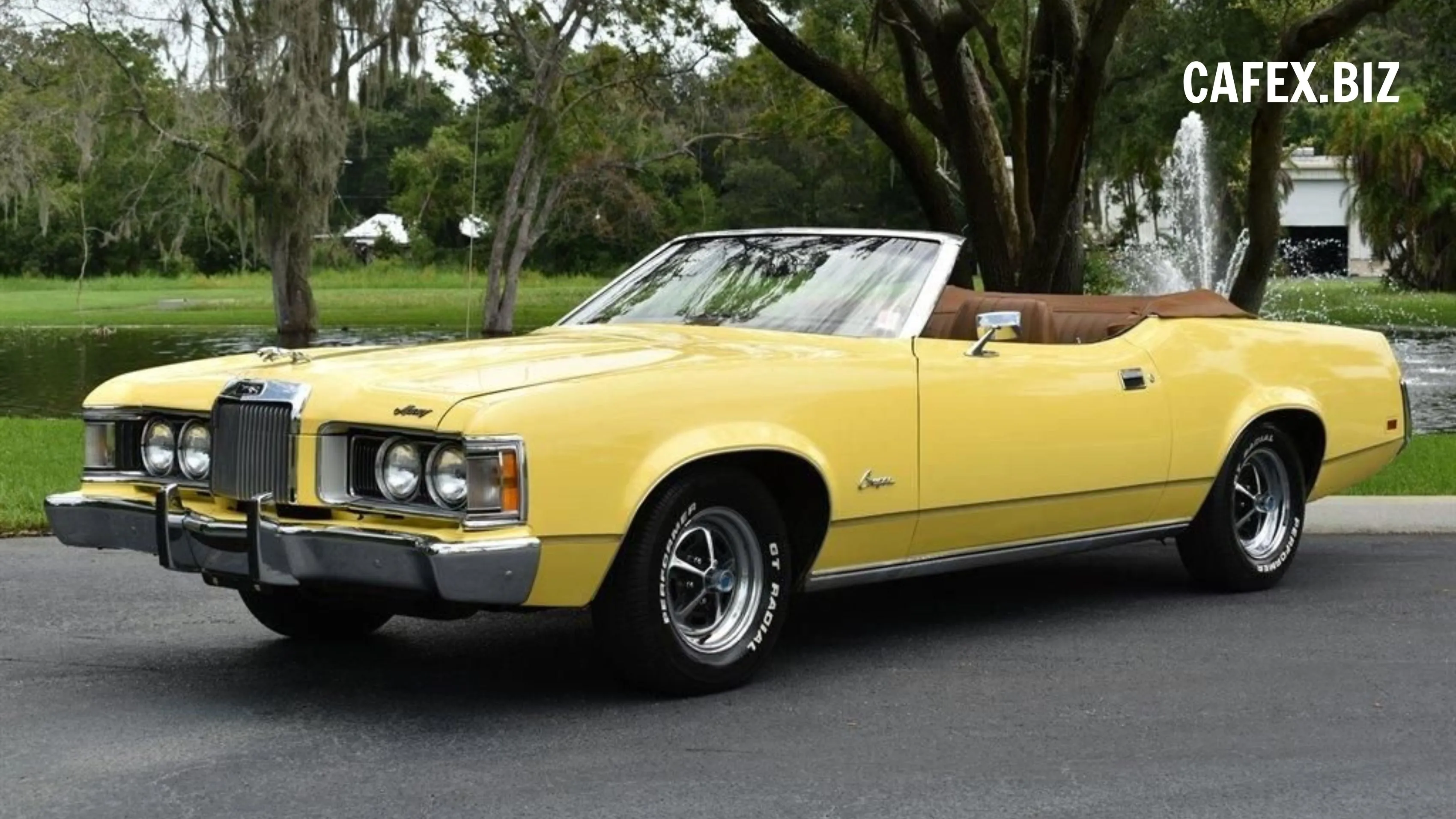The Morris Oxford Bullnose is a vintage car that was produced by the British automaker Morris Motors Ltd. The Bullnose, also known as the "Bullnose Morris" or simply the "Bullnose," was manufactured from 1913 to 1926. It is one of the most iconic and recognizable vehicles from the early 20th century.

The Bullnose gained its name from the distinctive rounded shape of its radiator grille, which resembled the shape of a bull's nose. The design was unique for its time and became a defining feature of the car. The Bullnose was available in various body styles, including sedans, tourers, and even light commercial vehicles.
1. Design
The design of the Morris Oxford Bullnose evolved over the years of its production from 1913 to 1926. Here are some key design features of the Morris Oxford Bullnose during that period:
Body Styles
The Bullnose was available in various body styles, including four-seat tourers, two-seat coupes, two- and four-seat sedans, and even light commercial versions like vans and trucks. These body styles offered versatility to cater to different customer preferences and requirements.

Rounded Grille
The most distinctive feature of the Bullnose was its rounded radiator grille, which resembled the shape of a bull's nose. This unique design element gave the car its name and set it apart from other vehicles of its time. The grille featured vertical slats and a prominent Morris badge at the center. 
Headlamps
In the earlier models, the Bullnose had acetylene gas headlamps mounted on either side of the radiator grille. However, with advancements in technology, later models were equipped with electric headlights, which improved visibility and convenience.

Fenders and Running Boards
The Bullnose had prominent fenders, also known as wings, that covered the wheels. These fenders were usually painted in the same color as the body. The running boards, located on either side of the car, provided a step for passengers to enter or exit the vehicle.

Open-Top Variants
The tourer versions of the Bullnose had a convertible top that could be folded down, allowing for an open-air driving experience. This added to the car's appeal, especially during pleasant weather conditions.

Spoked Wheels
The Bullnose featured spoked wheels, which were a common design element during that era. These wheels were often painted to match the body color, adding to the overall aesthetic appeal of the car.

Simple and Elegant Lines
The overall design of the Bullnose can be described as simple yet elegant. It had a relatively boxy shape with rounded edges and smooth lines. The focus was on functionality, practicality, and durability, rather than on extravagant styling.

These design elements collectively contributed to the classic and timeless appearance of the Morris Oxford Bullnose. The car's design was a reflection of the automotive aesthetics prevalent during the early 20th century and remains iconic in the history of automobile design.
2. Engine
The Morris Oxford Bullnose was powered by a four-cylinder side-valve engine throughout its production from 1913 to 1926. The engine underwent some changes and improvements over the years. Here are the key specifications of the Bullnose engine during that period:

Engine Type
The Bullnose was equipped with an inline-four engine, which means it had four cylinders arranged in a row.
Engine Displacement
The engine displacement varied over the years. In the earlier models, the Bullnose had a 1.5-liter engine (1,548 cc), which produced around 8 to 10 horsepower. However, the engine capacity increased in later models to 1.6 liters (1,602 cc) and eventually to 1.9 liters (1,939 cc).

Valve System
The Bullnose utilized a side-valve configuration, also known as L-head or flathead. This means the valves were located beside the combustion chamber in the engine block, and the valve operation was controlled by a camshaft located low in the engine.

Fuel System
The engine employed a carburetor to mix air and fuel for combustion. The carburetor was responsible for delivering the fuel-air mixture to the engine cylinders.

Ignition System
In the earlier models, the Bullnose relied on a magneto ignition system, which generated electricity to produce the spark needed for combustion. Later models incorporated an electric starter and a battery-powered ignition system.

Cooling System
The engine was cooled using a water-cooling system, which circulated coolant around the engine to dissipate heat generated during operation.

The specifications and details of the Bullnose engine may vary slightly depending on the specific year and model. However, the general configuration and characteristics mentioned above remained consistent throughout the production of the Morris Oxford Bullnose.
3. Performance
The performance of the Morris Oxford Bullnose, produced from 1913 to 1926, can be described as modest by today's standards. The primary focus during that era was on reliability, durability, and affordability rather than high-speed performance. Here are some performance aspects of the Bullnose:

Acceleration
The Bullnose had relatively modest acceleration due to its engine specifications and the overall weight of the vehicle. It would take some time to reach higher speeds compared to modern cars.

Top Speed
The top speed of the Bullnose varied depending on the engine size and model year. In general, it could achieve a top speed of around 45 to 55 miles per hour (72 to 88 kilometers per hour). The larger engine options might have offered slightly higher top speeds.

Handling and Suspension
The Bullnose featured a conventional suspension setup with leaf springs at the front and rear. The handling characteristics were typical for vehicles of that era, with a focus on comfort and stability rather than sporty handling.

Braking
The braking system of the Bullnose was mechanically operated, relying on drum brakes. Braking performance was not as advanced as modern systems, and stopping distances might have been relatively longer.

Fuel Efficiency
The Bullnose had decent fuel efficiency for its time, benefiting from the relatively low weight and moderate power output of the engine. However, specific fuel consumption figures are not readily available for this period.

3. Cultural Significnace
The Morris Oxford Bullnose holds significant cultural significance due to its impact on the automotive industry and its role in popularizing affordable and reliable transportation during the early 20th century. Here are some aspects of its cultural significance:

Accessibility and Mobility
The Bullnose played a vital role in providing affordable and accessible transportation to the masses. It allowed people from various socioeconomic backgrounds to own a car, expanding mobility and opening up new possibilities for travel and exploration.

Symbol of Progress
The Bullnose represented progress and technological advancement during its time. It showcased the development of the automotive industry and the increasing availability of automobiles to the general public. Owning a car, even a modest one like the Bullnose, was a symbol of status and modernity.

Industrial Heritage
The Bullnose was produced during the height of the British industrial revolution, which saw advancements in manufacturing techniques and mass production. The car's production was a testament to the engineering and manufacturing prowess of the British automotive industry at that time.

Iconic Design
The Bullnose's distinct rounded radiator grille, unique body styles, and elegant lines contributed to its iconic design. It has become an enduring symbol of vintage motoring and an object of fascination for car enthusiasts, collectors, and historians.

Historical Significance
The Bullnose represented an important era in automotive history. It was one of the first mass-produced cars from Morris Motors Ltd., a company that went on to become one of the most successful British automakers. The Bullnose laid the foundation for subsequent Morris models and helped shape the future of the brand.

Vintage Motoring Culture
The Bullnose, along with other vintage cars of its era, has contributed to the establishment of a vibrant vintage motoring culture. Vintage car shows, rallies, and enthusiasts' clubs celebrate the heritage and craftsmanship of vehicles like the Bullnose, preserving their legacy for future generations.

Film and Media Representation
The Bullnose has made appearances in various films, television shows, and period dramas set in the early 20th century. Its presence in visual media has helped cement its cultural significance and contributed to its iconic status.


-1685886439.jpg)

